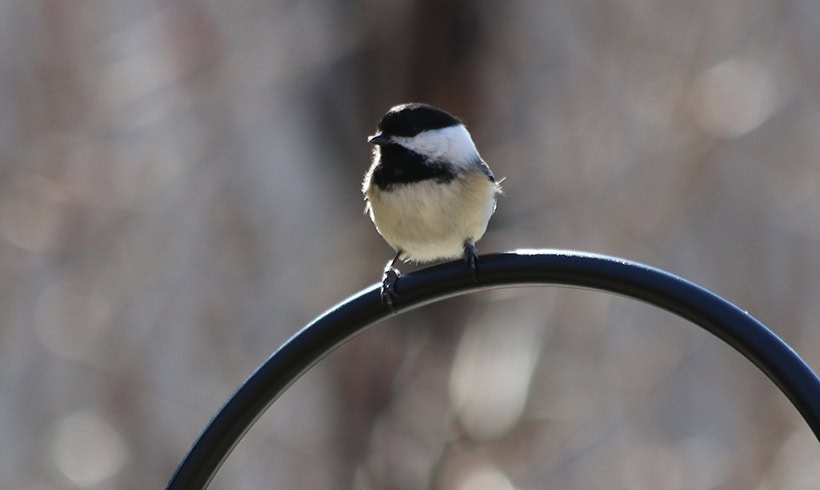Spring Renewal
Spring brings bustling activity, a palette of pastel colors, and a cacophony of songs. It is a brilliant season – a time of renewal and revitalization of the landscape for both the plant and animal inhabitants.
Spring is also known as baby season. Many animals have and raise their young at this time of year. Food sources are plentiful, especially plants that are at the base of the food chain. There is also considerable time for the young to grow and learn important survival skills before winter comes. We are fortunate to share our springtime with year-round resident species, and also those that come from afar.
Our area is so bountiful with resources that many bird species migrate to the Hudson Valley just to raise a family. For example, every year the ruby-throated hummingbird (Archilochus colubris) travels here from its overwintering grounds in Central America. But migration is a huge gamble for birds – the way is filled with danger, and not all of them make it. Stormy weather, collisions with cars and buildings, predators, inconsistent food sources, and habitat loss all contribute to bird mortality. Unseasonable weather patterns and habitat loss can limit the amount of food along the bird’s route, leading to starvation if they can’t find enough. Birds are designed to be light-weight and don’t store extra energy as fat the way that mammals do.


It is critical that enough food be available at their stop-over locations. Habitat loss takes away not only the opportunity for food, but also important cover from predators. Although migratory bird navigation is still a bit of a mystery, many travel by night using a combination of celestial orientation and the earth’s magnetic field. Light pollution from cities, tall buildings, and lights on cell towers can disorient birds causing them to veer off course or collide with the tall structures.
Despite these hazards, the vast richness of our area provides a great reward for the risk. We can help support migratory birds by providing natural areas in our yards for cover and nesting opportunities. Planting native trees, shrubs, and wildflowers will provide nesting areas and materials, cover, and food. Providing a water station for birds to visit is also ideal, but there is no need to put out birdseed during the warmer months. If you are a cat owner, strongly consider keeping your pet indoors or arm them with a bell collar. Domestic cats are the second-highest contributors to human-related bird deaths. Making one of these choices — or others like them — can help keep our spring beautiful!

About the Author
Maggie Pichura
Senior Environmental Educator
Maggie is a graduate of SUNY Environmental Science and Forestry (ESF) and has been teaching environmental education for 20 years. Although she loves all aspects of nature, her personal passions are birds and native wildflowers. Participating in trail marathons allows her lots of time on trails to train and look for these gems!


Leave a Reply